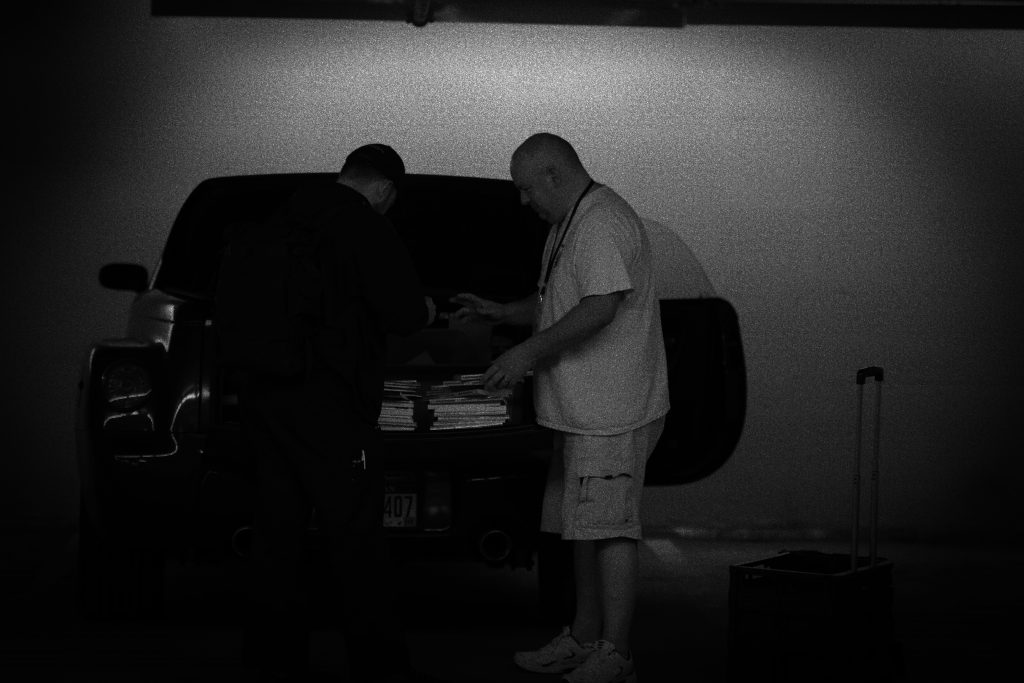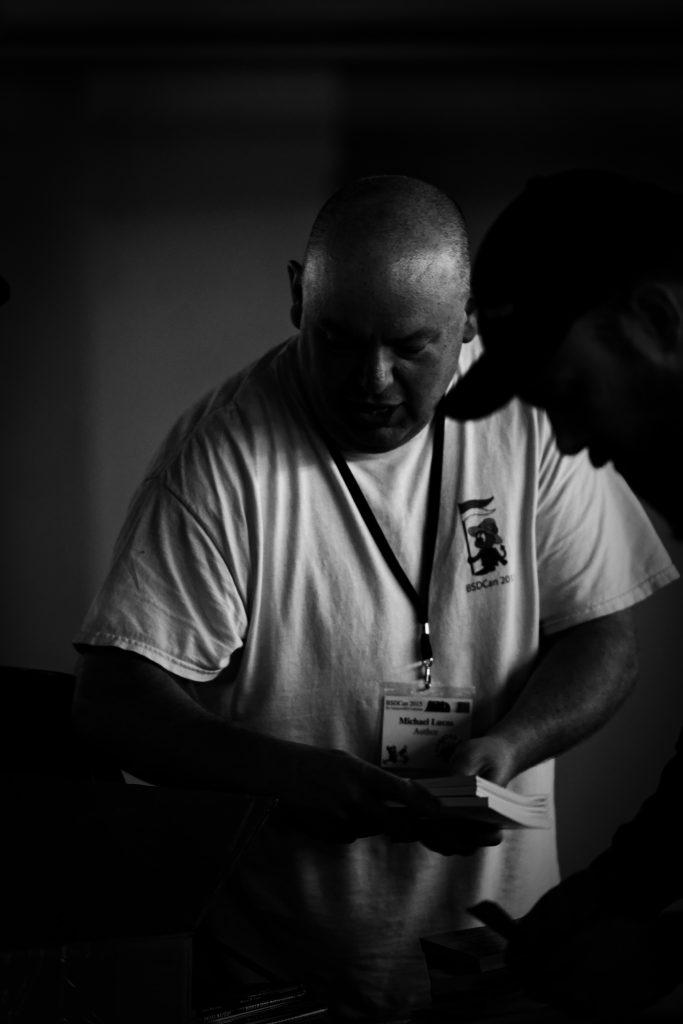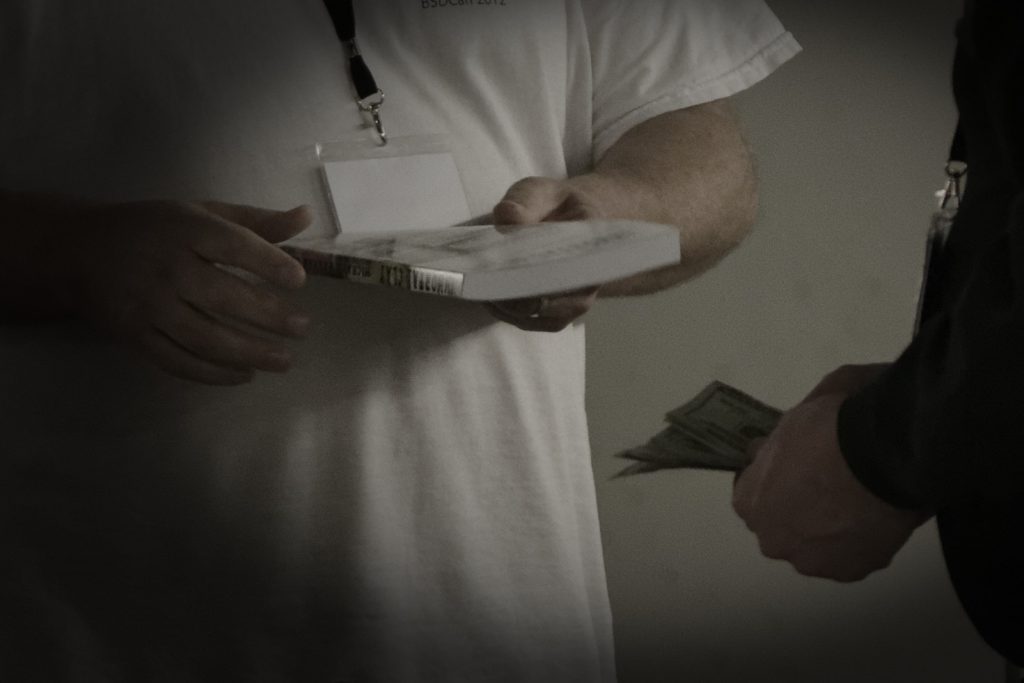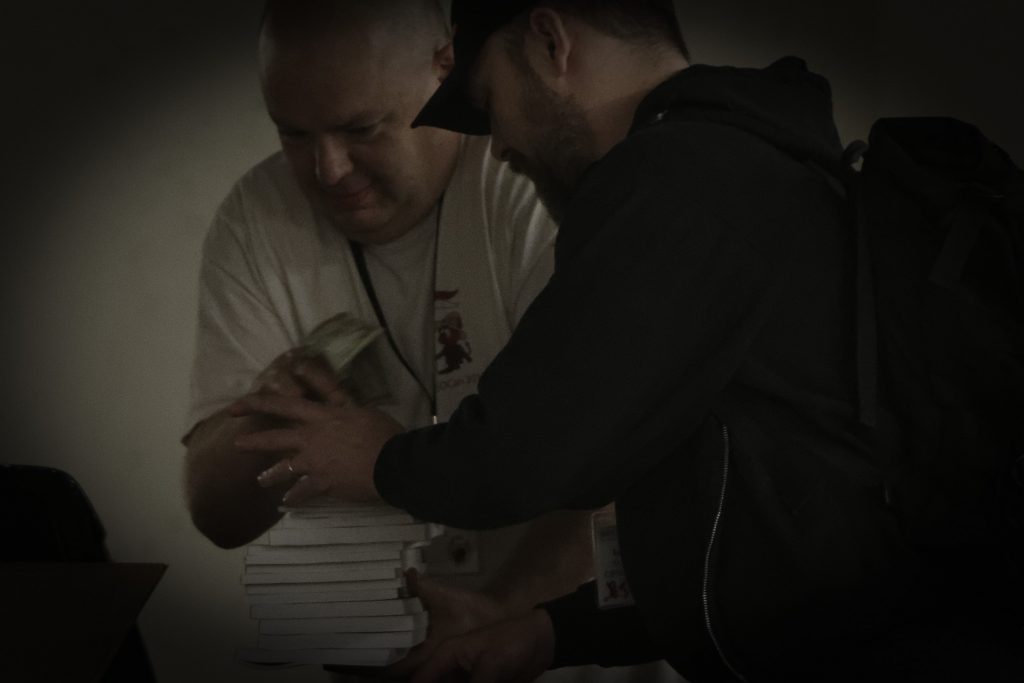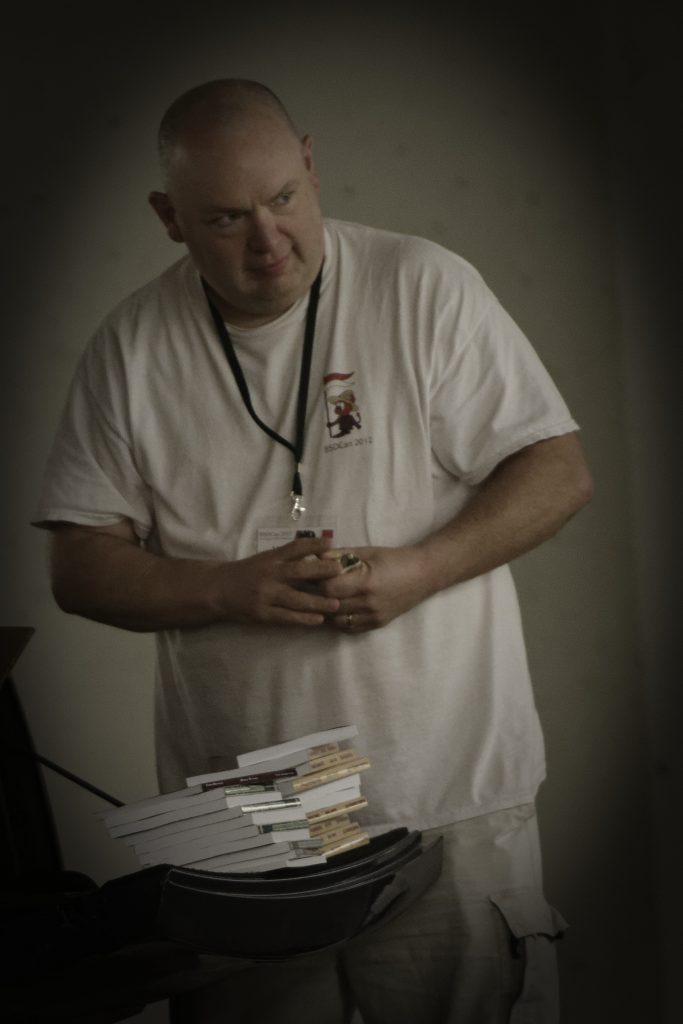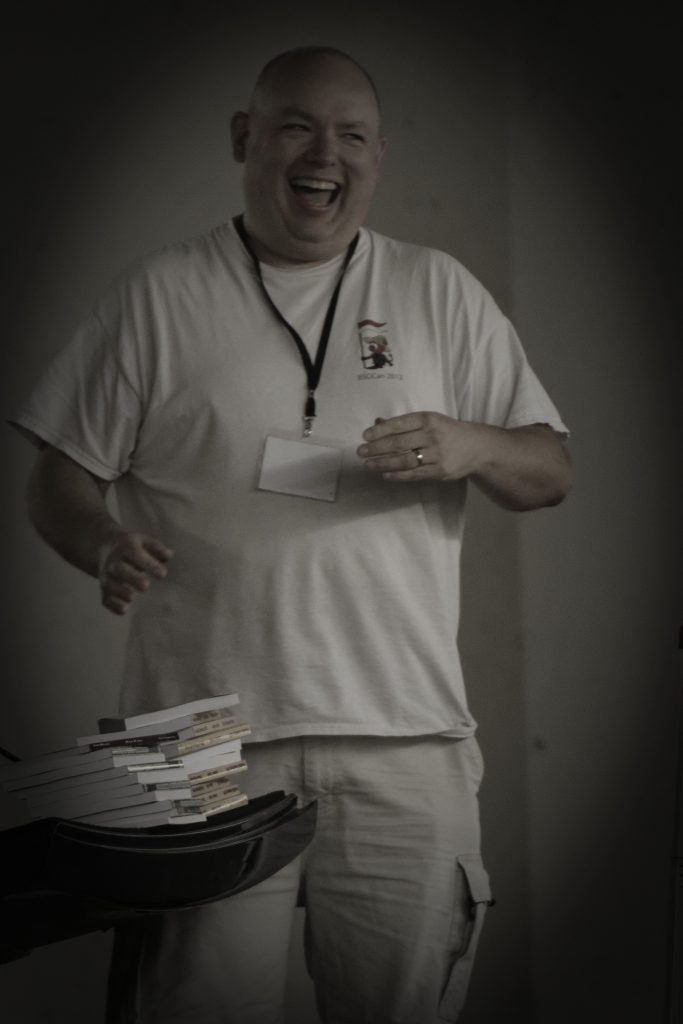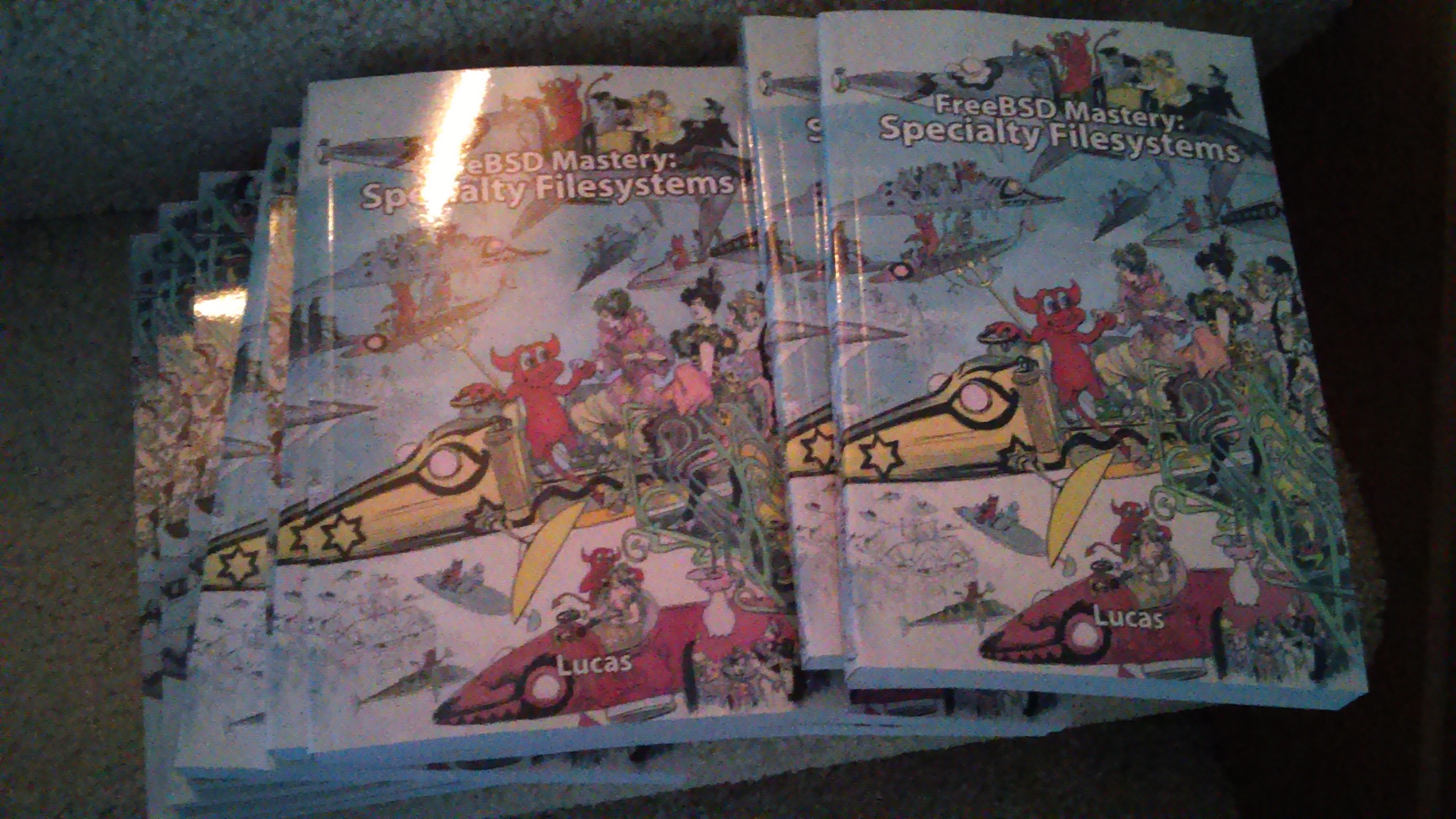While the folks at Penguicon reserve the right to change the schedule at any time, we’re close enough to the con that I’m comfortable releasing my talks and panel schedule. This is extracted from the official Penguicon descriptions. and schedule.
Friday, 30 29 April:
6 PM – Social Media for Writers (panelist) – Hamlin
What social media trends does a writer building their web footprint need to understand? What are some Dos and Don’ts?
8 PM – PAM: You’re Doing It Wrong (speaker) – Windover
PAM, or Pluggable Authentication Modules, is one of the most occult parts of managing Unixish systems. The unique configuration syntax and idiosyncratic rule processing drives many sysadmins to copy working configurations from other people and random blog posts. This talk takes you through the essentials of PAM configuration, You’ll learn the components of PAM, how PAM processes rules, how to use multi-factor authentication, and get an overview of some useful PAM modules you probably haven’t used, based on my forthcoming book “PAM Mastery.”
10 PM – the ZFS File System (speaker) – Windover
ZFS, the Zettabyte File System, is one of the most full-featured filesystems available today and gives almost unlimited storage flexibility. Originally created by Sun Microsystems, the independent entity OpenZFS now develops ZFS as deployed in illumos, Linux, and FreeBSD. This talk takes you through ZFS’ features, including: data self-healing, deduplication and compression, clones and snapshots, copy-on-write, boot environments, replication, and more. Once you use ZFS, you’ll never understand how you lived without it.
Saturday, 1 May 31 April:
11 AM – Networking for Systems Administrators (speaker) – Windover
Too many organizations have a tense relationship between the network folks and the sysadmins. Sometimes it degenerates just short of war. But basic networking isn’t hard–if it was, network engineers couldn’t do it. This talk teaches the essentials, in a way that lets sysadmins troubleshoot network problems on their own. Sysadmins have amazing visibility into the network, once they know how to use it. We’ll cover cross-platform tools for viewing and troubleshooting the network, on both Windows and Unix.
4 PM – Encrypted Backups with Tarsnap (speaker) – Windover
Online backup is incredibly useful, but has many privacy and integrity risks. Tarsnap is an online backup service that only handles your data in encrypted form. It’s inexpensive and reliable. Plus you don’t need to trust the Tarsnap service–they can’t access your backups even if they want to. And Tarsnap’s built-in deduplication saves space, letting you store terabytes of backups in mere gigabytes of disk. This talk takes you through using Tarsnap, from backing up a system to customizing and rotating backups, to fully restoring them.
5 PM – Acts of Shameless Self-Promotion (panelist) – Portage Auditorium
What’s the best way to get your name forward?
7 PM – reading (speaker) – Writer’s Block (313 & 315)
My first ever fiction reading: my datacenter crime story “Wifi and Romex” I’m sharing this hour with Ken MacGregor. Don’t know which half I’ll get.
Sunday, 2 1 May:
10 AM: Self-Publishing 2016 (panelist) – EMC 1
This panel discusses today’s self-publishing options and business models. Our panelists include authors who are both self- and traditionally published, in fiction and nonfiction, including people who are making an income entirely by self-publishing. We’ll discuss why we made the choice to self-publish, the pitfalls and lessons learned, and which business choices we’ve made on our respective self-publishing efforts.
12 PM: BSD Operating Systems in 2016 (speaker) – Windover Charlevoix B
The BSD family of Unix has a been kicking around for almost 40 years now, and have taken different paths than Linux. Come see the last year’s developments in BSD land! One of them just might solve your intractable problem. We’ll talk about new things from FreeBSD, OpenBSD, plus updates from NetBSD, Dragonfly, and assorted derivatives.
2 PM: Senior Sysadmins Panel – Windover
Some say systems administration is a young man’s game, and that eventually sysadmins rise into management. They’re wrong. A sysadmin who measures their experience in decades has made mistakes younger sysadmins can’t even imagine. This panel lets you learn from their suffering, take advantage of their experience, and laugh at their pain.
I’ll have print books at all of my tech talks, including the brand-new FreeBSD Mastery: Advanced ZFS. You’ll be able to find my novels up in the Writer’s Block, rooms 313 & 315.
I’ll be kicking around the con the rest of the weekend, except for probably a lunch break Saturday. (Anyone interested in pho?) I’m not making a firm schedule for the rest of the time, but you’ll have a pretty decent chance at finding me at any of these events.
Friday 4 PM: LN2 Welcome Back Ice Cream
Friday 11 PM: LN2 After Hours Ice Cream
Saturday 3 PM: LN2 Guest Flavors Ice Cream
Saturday 11 PM: LN2 After Hours Ice Cream
Sunday 11 AM: LN2 Sunday Brunch Ice Cream

